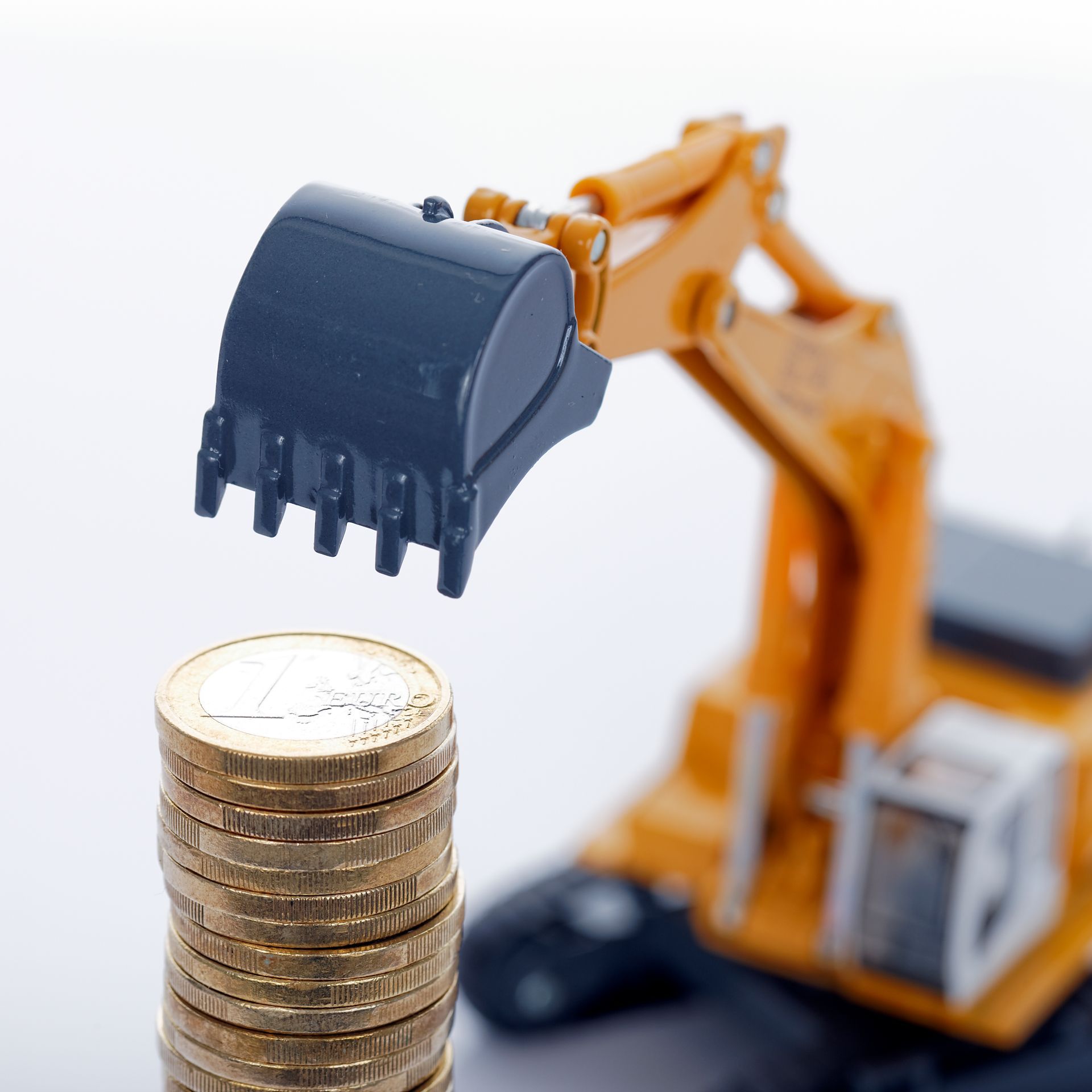Why Accessing Business Finance Leasing for Small IT Equipment Purchases Can Be a Better Idea Than Purchasing Outright
Why Accessing Business Finance Leasing for Small IT Equipment Purchases Can Be a Better Idea Than Purchasing Outright
Just about every business needs technology at some level to operate in today’s world. From startups to established enterprises, small business through corporate, access to the latest IT equipment is crucial for maintaining a competitive edge.
However, acquiring this technology often requires significant financial investment, which can strain a company’s cash flow, particularly for small businesses. This is where business finance leasing can play a critical role in preserving the health of your business.

Write about something you know. If you don’t know much about a specific topic, invite an expert to write about it. Having a variety of authors in your blog is a great way to keep visitors engaged.
1. Preserving Cash Flow and Working Capital
One of the primary reasons small businesses opt for leasing rather than purchasing IT equipment outright is the preservation of cash flow. Buying equipment involves a large upfront cost, which can tie up valuable working capital that could be used for other critical business needs, such as marketing, hiring, or expanding operations. This is especially true given that technology is constantly evolving and improving, and therefore needs replacements or upgrades regularly, and it doesn’t make financial sense to have your businesses’ cash tied up in these kinds of assets.
Financing IT equipment, on the other hand, allows businesses to spread the cost of equipment over time with manageable monthly payments. This approach frees up cash, enabling businesses to invest in other growth opportunities. By maintaining a healthy cash flow, companies can remain agile, respond to unexpected expenses, and avoid the financial stress that often accompanies large capital expenditures.
2. Flexibility and Scalability
Leasing provides flexibility that purchasing outright cannot match. Small businesses, particularly those in growth phases, often face fluctuating demands for IT equipment. Leasing agreements can be tailored to meet these changing needs, allowing businesses to scale their technology requirements up or down as necessary.
For instance, if a company anticipates significant growth in the coming years, it can lease additional equipment as needed without the commitment of purchasing. Conversely, if the business faces a downturn, it can adjust its leasing agreements accordingly, reducing costs without the complications of selling off owned assets at a loss.
3. Tax Benefits
Leasing IT equipment can offer attractive tax benefits that further enhance its appeal over outright purchasing. In many cases, lease payments can be fully deducted as operating expenses on a business’s tax return. This reduces the taxable income, leading to potential savings that can be reinvested into the business.
On the other hand, purchasing equipment typically involves capital depreciation, which may offer tax deductions over time but does not provide the immediate tax relief that leasing does. For small businesses looking to optimise their tax position, leasing can be a more advantageous option.
4. Lower Total Cost of Ownership
While purchasing IT equipment outright might seem like a straightforward way to reduce costs, it often leads to higher total costs over the life of the equipment. Ownership comes with additional expenses, including maintenance, repairs, insurance, and eventual disposal.
Leasing, however, often includes maintenance and support services as part of the agreement, reducing the need for additional expenditures. Moreover, at the end of the lease term, the responsibility for disposing of or reselling outdated equipment lies with the leasing company, not the business. This can result in significant savings when you consider an entire fleet of devices, particularly for small businesses with limited resources.
5. Simplified Budgeting and Planning
Leasing simplifies budgeting and financial planning. With predictable monthly payments, businesses can accurately forecast their expenses, making it easier to manage budgets and plan for the future. This level of predictability is particularly valuable for small businesses, where cash flow management is critical to ongoing operations.
In contrast, purchasing IT equipment outright can lead to unpredictable expenses, such as sudden repair costs or the need for unexpected upgrades. These unplanned costs can disrupt budgets and strain finances, making it more challenging for businesses to stay on track with their financial goals.
6. Easier Access to Financing
For small businesses, securing financing for outright purchases can be difficult, especially without a strong credit history or substantial collateral. Leasing provides an alternative that is often easier to access. Since leasing companies retain ownership of the equipment, they may be more willing to approve leasing agreements even for businesses that might struggle to obtain traditional financing.
In short, leasing not only offers financial benefits but also simplifies budgeting and planning, reduces the total cost of ownership, and provides easier access to the necessary equipment. For small businesses aiming to stay competitive and financially sound, leasing IT equipment is a strategic choice that supports growth and sustainability.
Let’s talk!

All Rights Reserved | Business Growth Finance Pty Ltd



